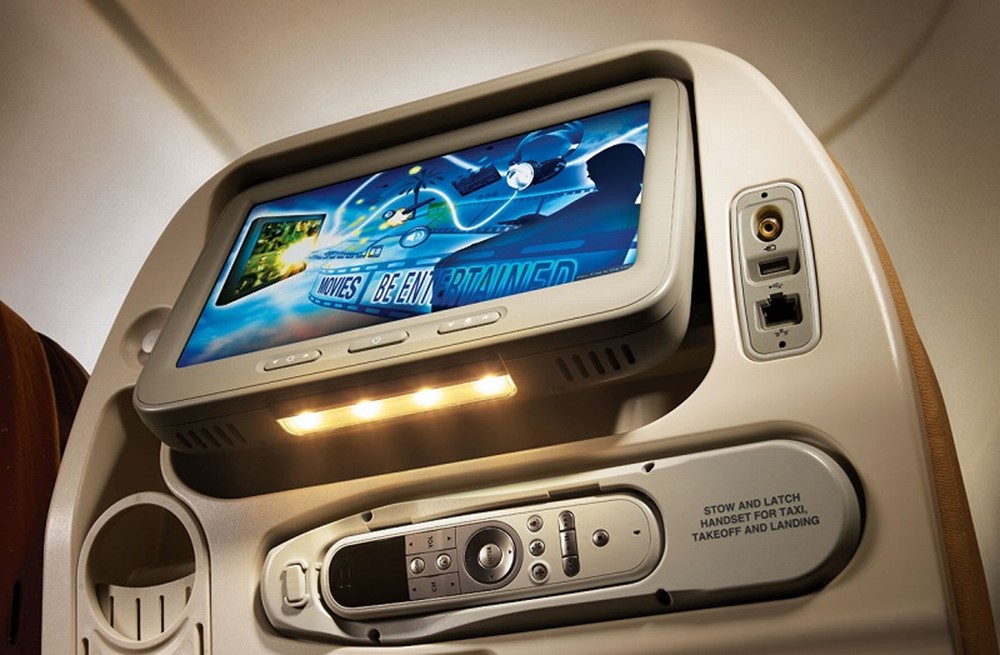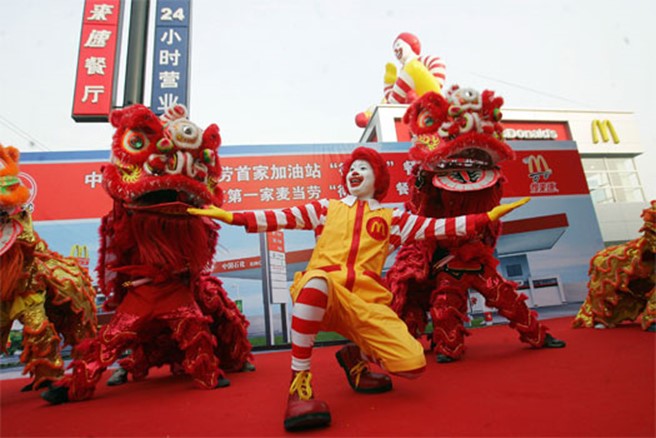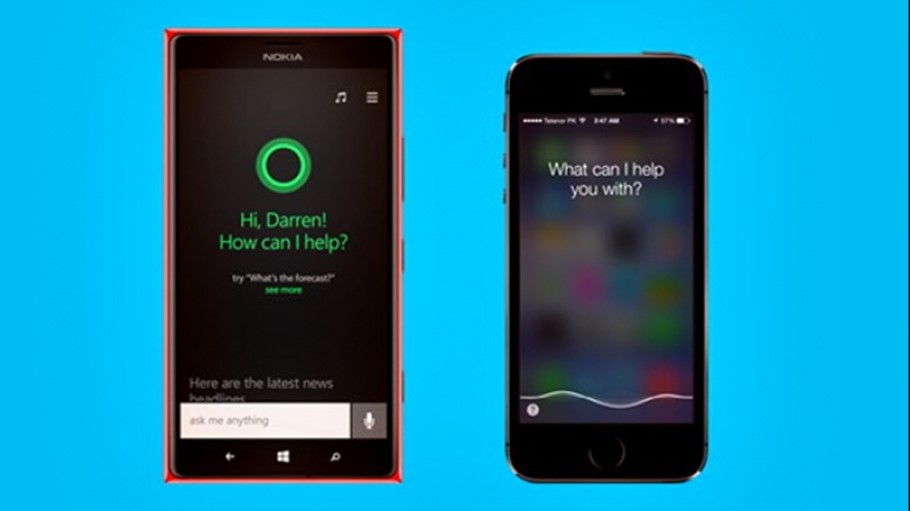The Economics Of The American Women’s Football Team
July 8, 2015 in Daily Bulletin

The American women might have won the world cup, but they’re losing the battle against wage inequality writes Mary Pilon:
- Female football players have salary ranges from $6,000-$30,000 which means that some of the players are earning less than the poverty line in the cities they compete in.
- In contrast the men have a salary cap of $3.1 million.
- Women are also unable to make much money from brand endorsements. One American forward earns $92,500 a year after endorsements. Their male counterparts can make millions.
- What makes it particularly unfortunate is that the women’s team seems to be more successful than the men’s, being ranked #1 in the world, compared with #27 for the men.
- While this is all largely because women’s football generates less attention than the men’s game, this maybe a chicken and egg problem. Few people may watch the game because few broadcasters properly advertize it.
- The attention that female tennis players get indicates that there is a market for women’s sports if broadcasters are willing to invest in it.
- The worst comparison is the prize money. When Germany won the men’s World Cup last year they got $35 million. This year’s female winners received $2 million.
Read about how other sports deal with this problem and more over here.
Source: Politico









Join the Discussion! (No Signup Required)